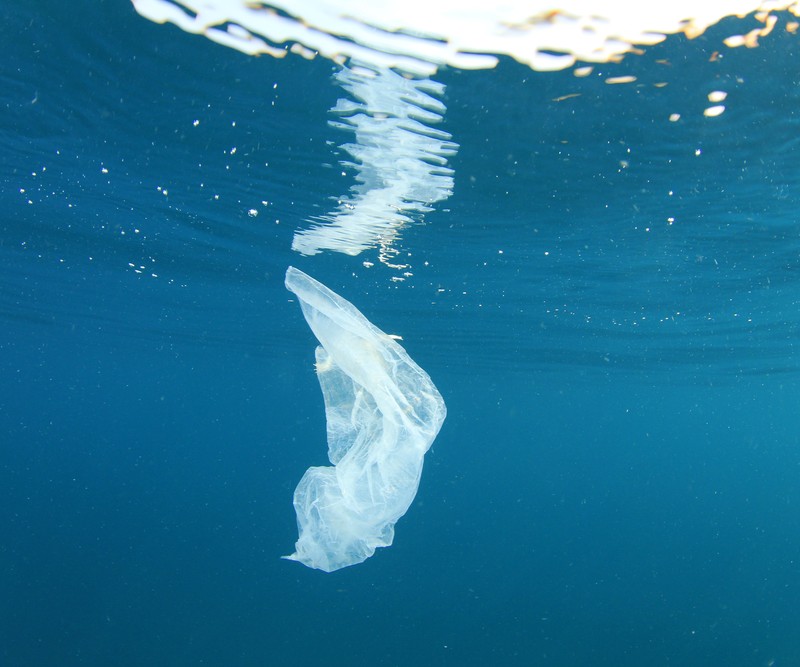How Many Microplastics Are in the Ocean?

How Many Microplastics Are in the Ocean?
The rise of microplastic particles in our oceans is one of the most important ecological challenges that we face. Microplastics are tiny pieces of plastic debris that can emerge when larger pieces of plastic break down, or which are produced intentionally for specific industrial uses. These plastic particles have been found everywhere, including in the brains of fish, the stomachs, intestines and hearts of rats, and even inside people. Our oceans are full of microplastics, which can damage the environment and cause problems for marine life.
The International Union for Conservation of Nature has issued a report following an investigation that aimed to estimate the scale of ocean plastic pollution, and found that the volume of plastic particles released into the ocean each year exceeds 0.8 million tonnes. In fact, the researchers took 1.5 million tonnes as their average, but estimated that in the most pessimistic scenario there might be up to 2.5 million tonnes of plastic pollution entering the world’s oceans each year.
A team from Kyushu University’s Research Institute for Applied Mechanics estimated in 2021 that there were 24.4 trillion pieces of microplastic in the upper oceans of the world, while a team from Australia’s Commonwealth Scientific and Industrial Research Organisation (CSIRO) estimated that the deep ocean floor is home to more than 14 million tonnes of microplastic.
Why are microplastics such a serious problem?
While microplastic pollution represents a significant problem for both human and marine life, it is only one aspect of the issue. The scale of plastic pollution overall is far greater – on average, 300 million tonnes of plastic waste are thrown away each year, according to an estimate by the Plastic Soup Foundation, much of which consists of single use plastic products. The Heinrich-Böll-Stiftung Plastic Atlas suggests that some 40% of plastic items are thrown away within one month of purchase.
The production of plastic has increased significantly since the 1950s and more than half of all the plastic that has ever been produced has been made since 2000. If production continues to accelerate at the same pace, it could reach an average of 600 million tonnes of plastic being produced in 2025. With 300 million tonnes of plastic waste thrown away each year and more than half of all new plastics discarded, it is vital to tackle the problem of plastic fragments becoming marine debris before it is too late.
There are health risks associated with plastic ingestion for humans, not just for marine organisms. In 2019, a group of scientists estimated how much plastic waste the average American citizen ingests. The team estimates a range of between 74,000 and 121,000 per year – although this is considered an underestimation because of the sample size used. This volume of plastic could already cause health problems for people, but looks certain to get worse if the problem of microplastic particles entering the oceans is not tackled. Future surveys and more microplastic data will be needed for the purposes of accurately assessing the volume of plastic debris in drinking water and the marine environment.
How are microplastics created?
Some microplastics are created intentionally – for example, plastic microbeads are still very common in the cosmetics industry, although many countries have now banned or regulated their use. These microbeads are one of the more visible types of plastic pollution and can be found in large quantities in rivers and oceans.
Not all microplastic particles are produced intentionally. They can also be created during many types of everyday activities, like cutting or tearing open plastic packaging, so even if you are careful not to purchase products that contain microplastics in their formulation, they may still contribute to the problem. For this reason, it’s important to be aware of all of the plastics that you use. You can also help by learning which plastics you can recycle, whether at home or recycling centres, and which can only go into general waste.
Because microplastics result from the breakdown of larger plastics, we can only solve this problem by reducing and monitoring how much plastic we use every day. The biggest source of plastic pollution is packaging, and human consumption is the root cause of this. Any time you drink from a plastic bottle you will ingest plastic, and single use plastic products are an ongoing concern. However, the responsibility cannot be placed solely on consumers.
While it is important to be aware of how much plastic is used in the products and packaging you buy, it is also the responsibility of producers to cut down on how much plastic they use in their products and rely on other materials. This will help to reduce the overall volume of ocean plastic and marine litter.
To learn more about what can be done to address the challenges of ocean plastic and its effect on marine animals, and of humans ingesting microplastics, visit Lanes’ Microplastics Out of Our Drains (MOOD) campaign hub.







